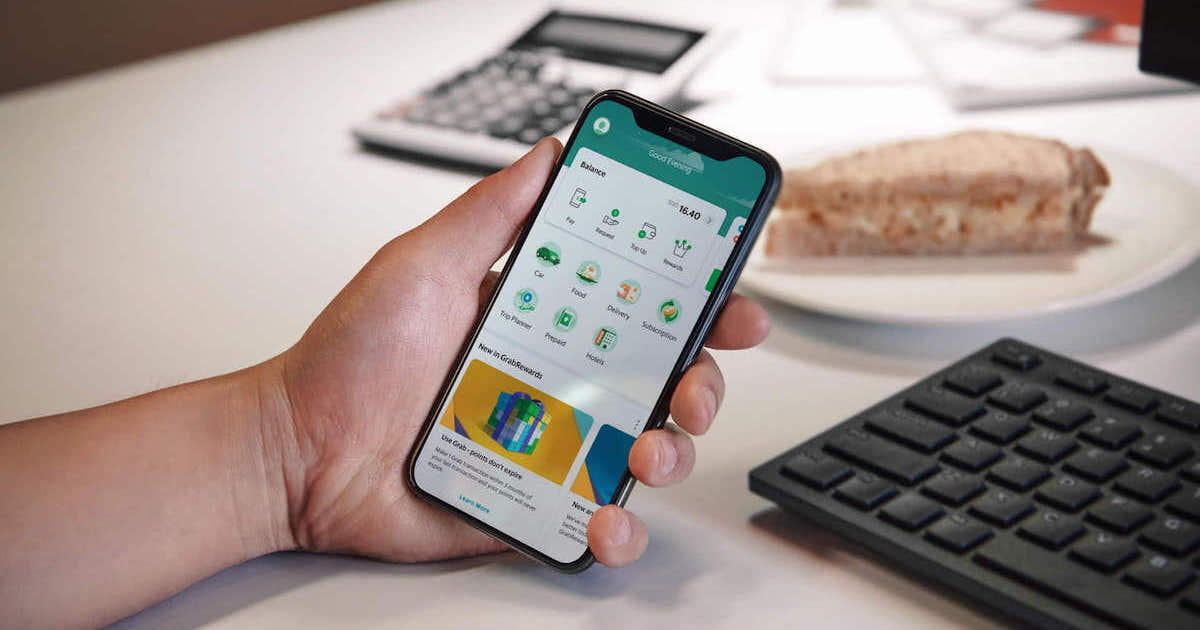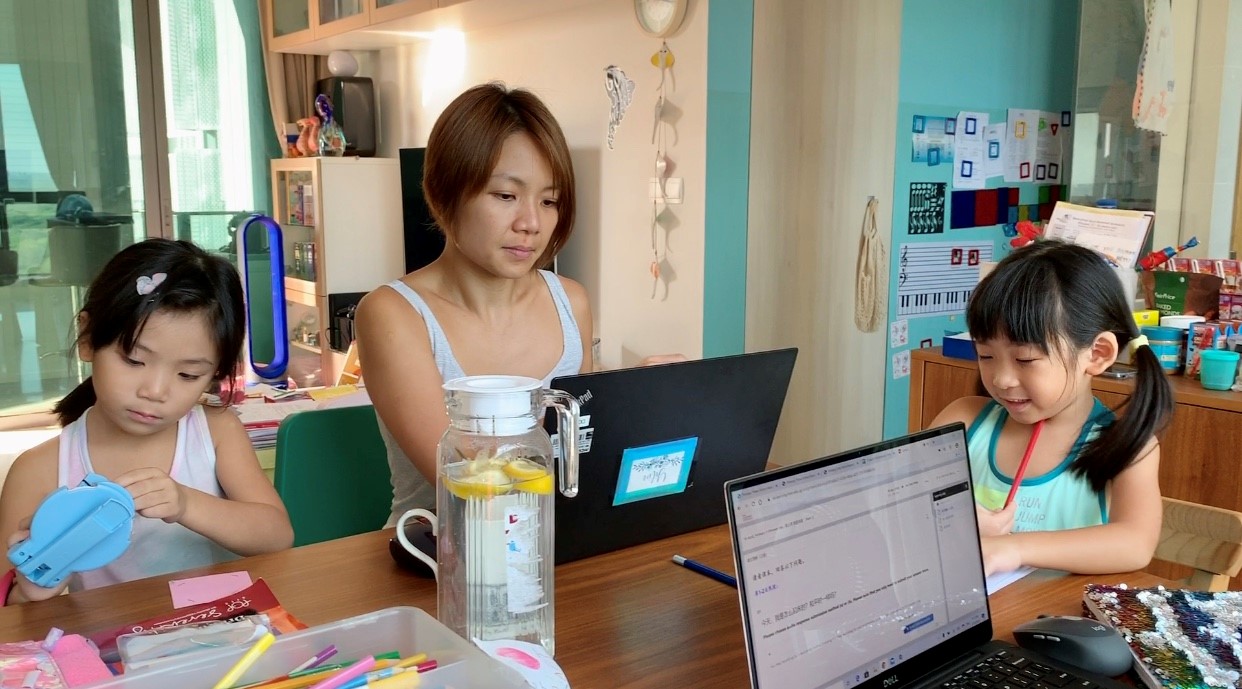Covid-19 has hit Singapore’s shores, and Grab is hitting back.
The app giant has slashed over 5 per cent of its headcount, totalling to around 360 employees. Despite this setback, it has emerged from the pandemic as Southeast Asia’s most valuable firm, standing at a US$14 billion valuation.
Grab is being prepped for a future where its users are likely to work from home, according to Grab CEO Anthony Tan.
“Food delivery has become the norm, grocery delivery is growing very fast, cashless payments is growing very fast, so these behaviours have changed permanently with or without a vaccine and we’ve been beneficiaries.”
Refocusing On Food, Finance
The Southeast Asian region saw over 650 million people in the market confining themselves to their homes. As its users entered lockdowns, Grab scaled back its plans for its travel and hospitality service verticals.
Grab’s pivot away from travel and hospitality is obvious. In the 2020 screenshot of the app’s homepage, the tickets, hotel and trip planner options are conspicuously missing.
Instead, subsections dedicated to services that remain top-of-mind during a pandemic, like insurance, are displayed.

As the demand for Grab travel and transport dropped, over 150,000 drivers jumped ship, joining the thriving food delivery industry as Singapore’s acclaimed Grab Riders.
Cashless payments and grocery delivery have also been growing rapidly.
Recently, Grab’s Autoinvest service was launched to stimulate spending on the platform. The service allows users to invest with every transaction they make via Grab, earning about 1.8 per cent returns per annum.
Online transactions via services like GrabPay have jumped. The introduction of loans tailored for small businesses is also capitalising on the financial needs of business owners during the pandemic.
Grab’s financial services have expanded to include wealth management, insurance and lending. The app is also applying for an online banking license in Singapore.
Grab Tightens Its Drawstrings, But Services Falter
Currently, Grab employs over 9 million drivers, merchants and agents.
The superapp is refocusing on profitability, by being “insane and microscopic about costs,” says Anthony.
That’s good news for Grab, but a disappointment for its users. For one, Grab subscriptions are considerably less attractive than they used to be.
In April, the app quietly pulled the plug on a popular monthly food subscription plan that stood at just S$9.99 and included 50 vouchers for free delivery.

Grab also used to offer a “Daily Value Plan” offering 15 per cent off rides through 25 ride vouchers at S$35 a month. Relative to its old offerings, the current subscription plans are sorely lacking.
The current Grab RideSavers Pack has been criticised for its low valueadd, offering only effectively S$0.80 off each ride. However, the new Grab Foodie Pack is more worthwhile, effectively offering S$3.73 off delivery.

Given that food delivery is a more profitable avenue during Covid-19, the relative value per subscription pack makes sense.
It’s hard to blame a company for tightening its pursestrings during a crisis; especially for a giant like Grab, which has enough market penetration to offset the offers its curtailing from its users.
“In good times, everybody is grabbing market share,” says Anthony. “When the tide turns, the best companies respond the fastest, they correct the fastest in terms of their business.
Featured Image Credit: Grab








